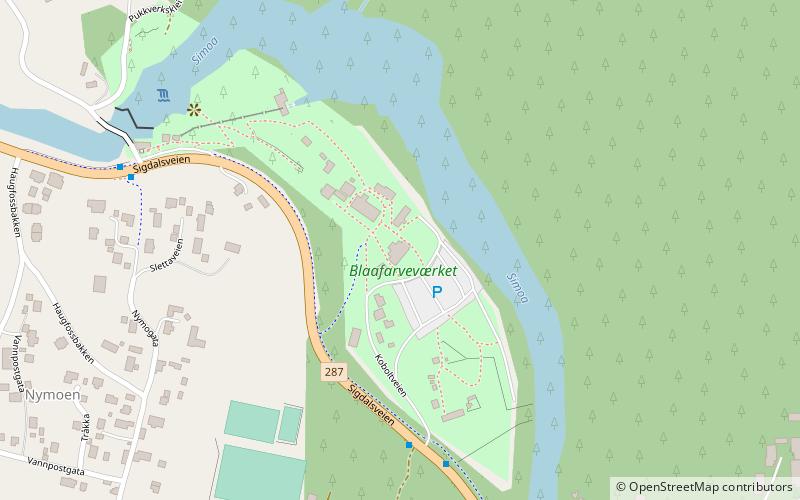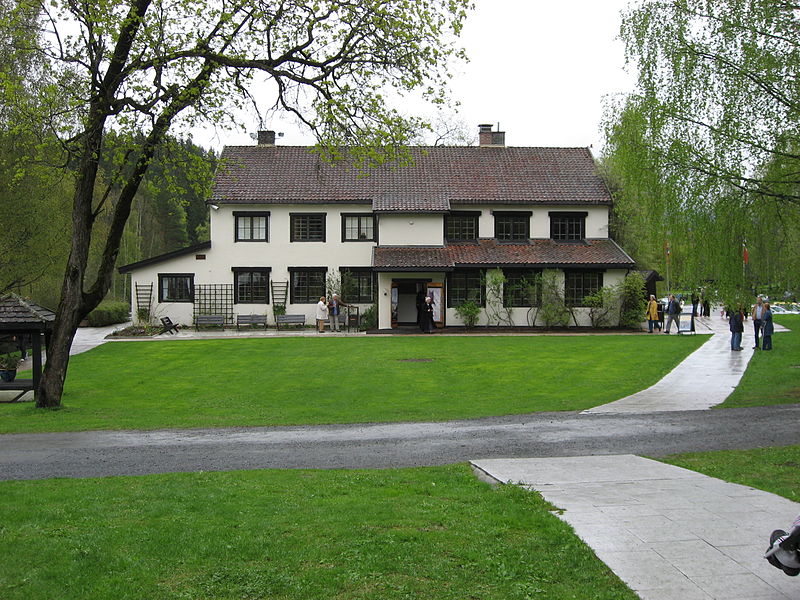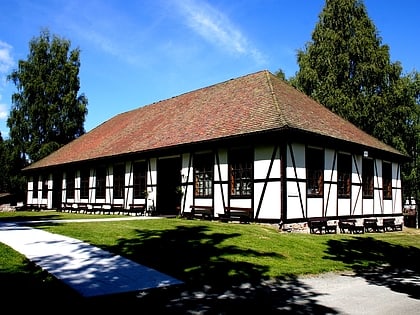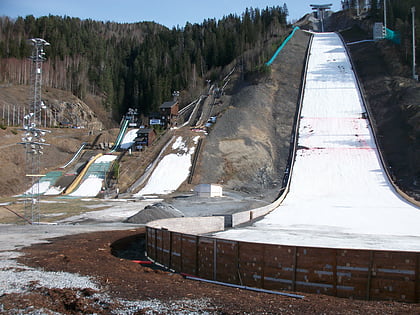Blaafarveværket


Facts and practical information
Nestled in the lush landscape of Modum, Norway, Blaafarveværket stands as a testament to the country's rich industrial heritage. This historical site, which now functions as a specialized museum, was once the epicenter of cobalt mining and production, fueling a significant portion of the world's cobalt blue pigment throughout the 19th century.
Blaafarveværket, which translates to the Blue Colour Works, was established in 1773 and quickly became one of the most important industrial enterprises in Norway. At its zenith, the works produced up to 80% of the world's cobalt blue pigment, a color highly prized for its vibrant hue and used in both ceramics and painting.
Today, visitors to Blaafarveværket are offered a unique glimpse into the past. The museum provides an extensive array of exhibits that delve into the history of cobalt mining and the production process of the blue pigment. Original buildings and equipment have been carefully preserved, allowing for an authentic experience that transports guests back in time.
The museum also showcases art exhibitions, featuring both historical pieces and contemporary works, creating a dialogue between the site's industrial legacy and modern artistic expression. The beautiful natural surroundings, including the cobalt mines themselves, are accessible to visitors, providing scenic views and a serene atmosphere that contrasts with the site's industrious past.
Blaafarveværket – popular in the area (distance from the attraction)
Nearby attractions include: Vikersundbakken, Snarumselva.


